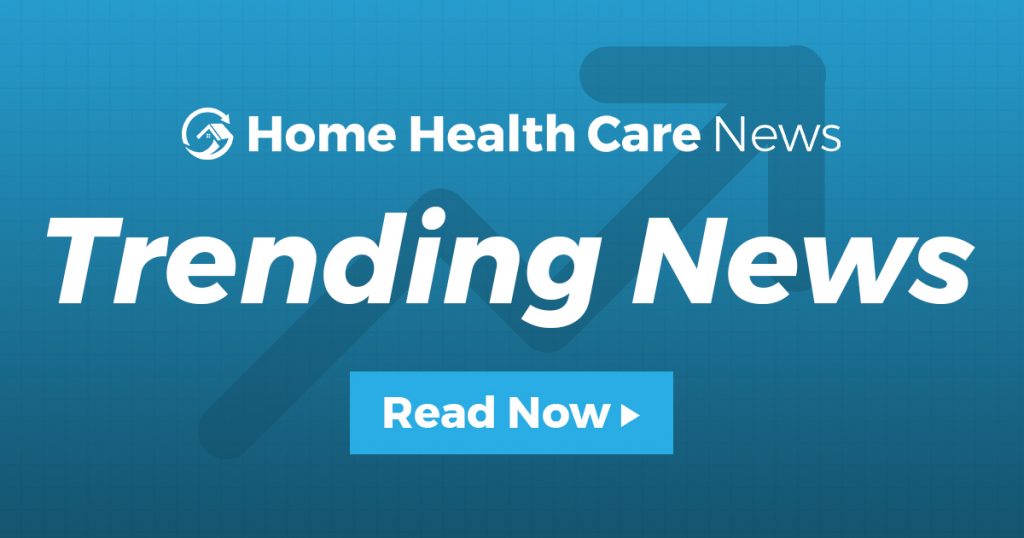
CMS Announces Unprecedented Quality Measure Set for Home- and Community-Based Services
The Centers for Medicare & Medicaid Services (CMS) released its first ever home- and community-based services (HCBS) quality measures Thursday.
The agency said the measures will promote “consistent quality measurement within and across state Medicaid HCBS programs” and are a “critical step to promoting health equity among the millions of older adults and people with disabilities who need LTSS.”
The measures are build around three pillars: access, a rebalancing of HCBS spend versus institutional care spend and community integration. For now, the measures are voluntary – with one caveat.
“While use of this measure set is voluntary at this time, CMS plans to incorporate use of the measure set into the reporting requirements for specific authorities and programs, including the Money Follows the Person (MFP) program and future section 1115 demonstrations that include HCBS,” a state Medicaid director letter read.
The MFP program is a CMS-directed way to get individuals out of institutional-based care and back into their homes and communities to receive HCBS. As recently as March, CMS put forward $110 million to boost MFP, and therefore HCBS services, across the country.
In other words, following the measure set is strongly encouraged for states.
“CMS is using every lever available to protect and expand coverage for all people eligible for Medicaid,” CMS Administrator Chiquita Brooks-LaSure said in a statement. “We are working to expand their access to care across settings – including in the setting of their choice.
While the home health industry is highly – and very consistently – regulated across the country, the personal home care industry has not been historically.
Strictly private-pay providers will still not be affected necessarily by the CMS quality measure set, but it is a sizable step to industry standardization, particularly among Medicaid-focused, HCBS providers.
“Today’s announcement provides states with tools to better understand and compare health outcomes across groups receiving home- and community-based services,” Brooks-LaSure continued. “The use of consistent quality measures across the country is another step toward reducing health disparities and ensuring that people with disabilities, and older adults enrolled in Medicaid, have access to and receive high-quality services in the community.”
The measures are aiming to obtain the aforementioned three goals:
– Increased access, defined as beneficiary and caregiver awareness of resources that support overall well being and HCBS.
– A rebalancing, which is aimed at finding a more equitable balance between spending on institutional care and HCBS care in communities.
– Community integration, which is focused on “ensuring the self-determination, independence, empowerment and full inclusion” of children, adults and older adults in the Medicaid program receiving HCBS.
Examples of the measures include the percentage of individuals that can choose or change the services they receive, the percentage that can choose or change when and how often they receive those services and whether an individual’s personal goals are being met.
Others include basic quality and safety measures, as well as broad beneficiary satisfaction standards.
You can find the rest of the quality measure set here.
The Biden administration has been committed to expanding HCBS throughout its time at the helm. Though some of its efforts have been thwarted, it did its have success through the American Rescue Plan, which offered a 10 percentage point increase to HCBS funding through the Federal Medicaid Assistance Percentage (FMAP) match.
Last month, the U.S. Department of Health and Human Services (HHS), through CMS, announced that states would have an additional year to use funding from the American Rescue Plan to both enhance and expand HCBS.
“The American Rescue Plan has given new opportunities to expand services and access to strengthen [the] home- and community-based service provider workforce — impacting social determinants of health and improving quality,” Brooks-LaSure said yesterday on a CMS stakeholder call. “We’re seeing states across the nation use those dollars in ways to really make sure that people are getting care in the most appropriate settings.”